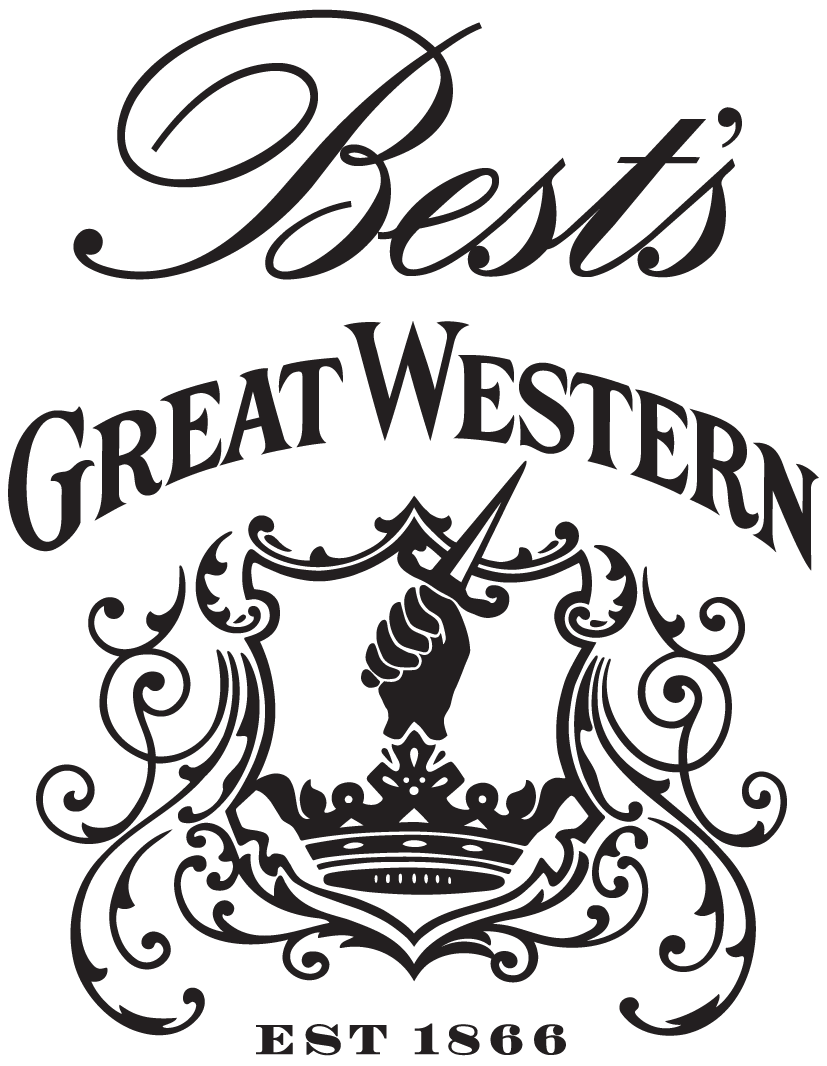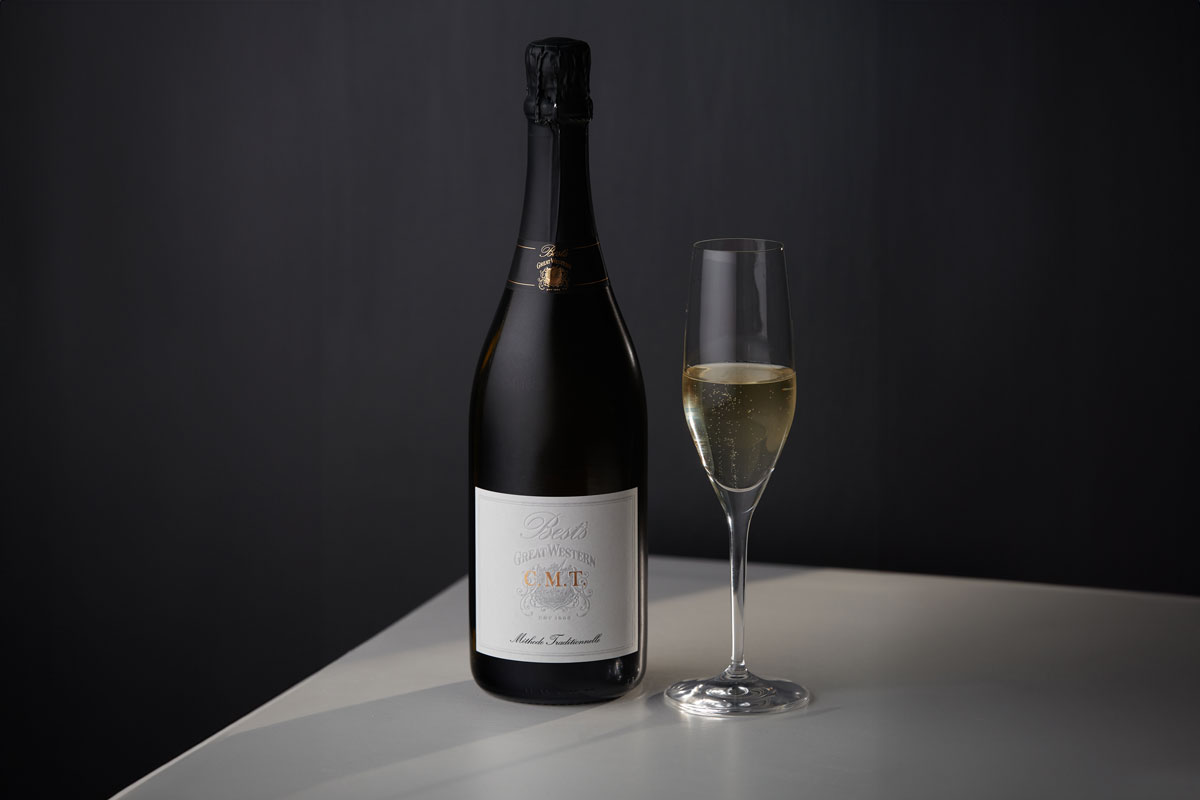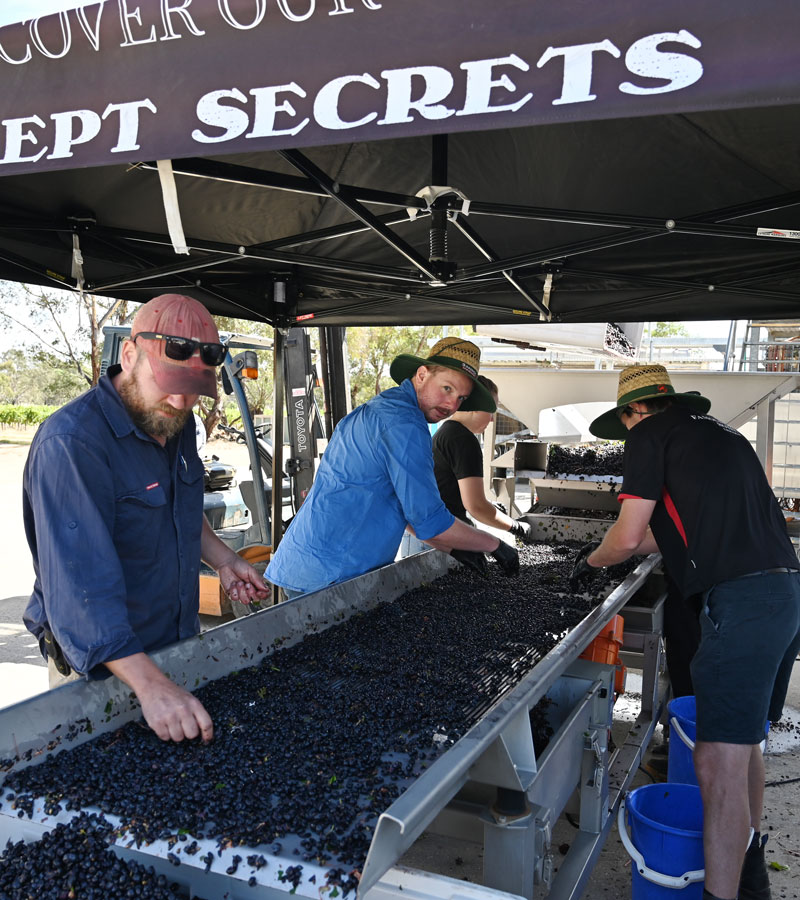The Secrets of Cellaring Wine
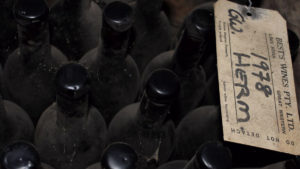
There is nothing better than opening a perfectly aged bottle of wine that has been carefully cellared. Memories often come flooding back from the time it was purchased, but equally there’s often questions that arise about quality. Is the wine right to drink, or is it past its prime? Our team has had plenty of experience in evaluating old wines. Often unearthing old gems from our underground cellars that have laid undisturbed for years. We are well-versed to offer advice to make sure your bottles will be at their very best when you uncork them years from now.
Did you know that most bottles of wine are consumed within just a few short hours of purchase? It’s true! But there’s something special about unearthing the complex characters that develop in a wine when it has been aged. In this blog we reveal the secrets behind cellaring wines, including what to look for in a wine. To make sure it will stand the test of time as well as detailing the conditions in which it needs to be stored.
How to tell if a wine is worth cellaring
The first thing to remember about cellaring wine is that time will not make an average bottle great. It is a common misconception that a few years in the cellar will transform a mediocre wine into something extraordinary. An average bottle of wine can only become an average aged wine. The faults you see in a wine when they are young will only be exacerbated with age.
Buy quality wine that was made with ageing in mind. Some wines are made to be drunk when young. Others have powerful tannins and are quite tight with green flavours. These are all sure signs that they were made to be cellared. It is the structure of a wine that determines how long it will last.
“Weight is not always the way to judge if a wine will age well, it can be more about the harmony of the fruit, structure and length,” explains Hamish Thomson. “Highly structured wines, such as French Bordeaux, have firm tannins and length with light- to mid-fruit weight and develop well over time.” The sugar levels, acidity and alcohol also influence how a wine ages.
One of the advantages of buying from a cellar door is you have a chance to ask the producers of the wine. Will the bottle you are buying will benefit from age. They are the best people to ask how long they think it will last. They should be able to give you some indication of the wine’s cellaring potential.
The best conditions in which to age wine
It goes without saying that wine stored incorrectly will not be at its best when you open it several years later. No matter how good a bottle it was when you laid it down. Wine is perishable and it needs to cellared carefully. For example, extremely high temperatures can cook the wine making it undrinkable. Your wine needs to be kept in a place that is vibration-free. Dark and cool year-round with minimal fluctuations in temperature. Ideally wines should be stored at a constant 18°C or below. A wine fridge is a good way to store your wine in optimum conditions. Or consider keeping your bottles at an off-site climate-controlled wine storage facility. Many wine enthusiasts build their own cellars or store their prized wines in a cool room kept in the garage of their house.
Keeping your cellar organised
Keeping track of what you have lying down and when you should drink it requires a system. There are apps like Vivino or Delectable available or you could use good old-fashioned pen and paper. Why not buy a dedicated cellar book to keep track of what you have and when to drink them? Some people choose to organise their cellar with the wines that are ready to be drunk at the top of the racks. This requires dedication as you need to be moving bottles around regularly. We suggest separating reds, whites, sparklings and fortifieds. You can attach tags around the necks of the bottles. Inscribe the name of the wine, the vintage and the year it should be drunk written on it. This way they can lay undisturbed until they enter their optimum drinking window.
The benefits of cellaring wine
Time in the cellar can have a seemingly magical quality on wine. Transforming it from something fruit-forward with a tight structure into a mellow yet complex drink. With bottle-age, the colour, smell and taste of a wine will change. While reds lose their colour, whites gain colour and take on a deep golden hue. Acid and tannins drop away, and fruit flavours become savoury, soft and rounded. We recommend decanting your old wines to let the aromas and flavours mix with the air to bring out their very best.
How to tell if a wine is past its prime
We’re often pulling wines from our cellar and drinking them to check how they are evolving. The last thing you want is to miss a wine’s prime drinking window. Many of the wines that we’ve tried are decades old and are still as fresh and vibrant as the day that they were bottled. Others have been laid down too long and are past their peak. The best way to avoid this happening is to stock your cellar with several bottles of the same wine, and open and sample them every couple of years.
Looking to select wines that will pass the test of time to lay down and cellar? Hamish Thomson shares his tips on what to look for when ageing wine.
Cellaring wine takes patience but the reward is enjoying amazing, complex old wines. You may have put a particular wine in your cellar the year each of your children were born. Waiting for their 18th birthday! Or you may have stashed away the last few bottles that you served at your wedding. Paitiently waiting for your 20-year anniversary. Whatever the occasion was, the memories will come flooding back when you drink these precious wines. Enjoy!
